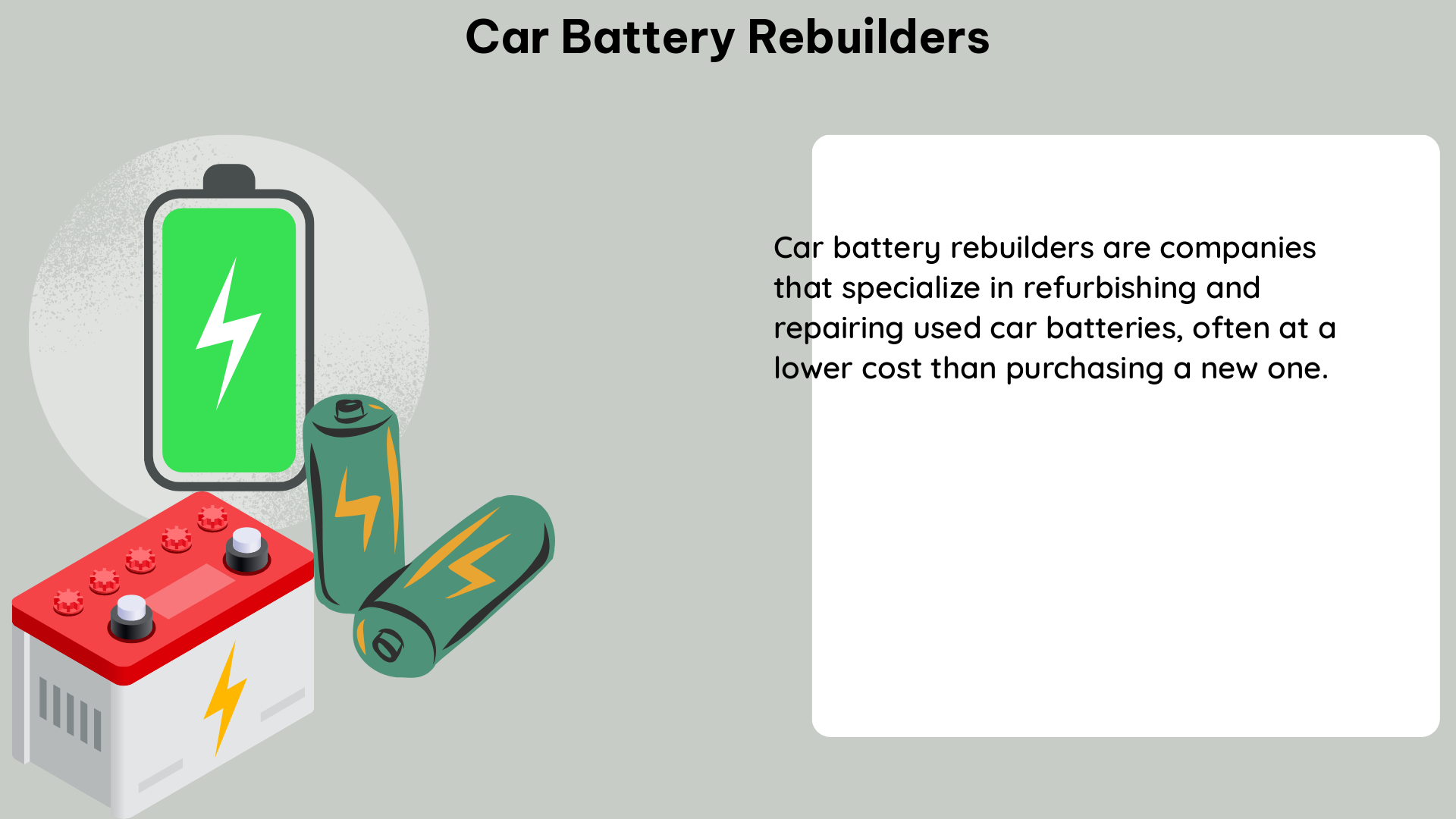Car battery rebuilders, also known as battery reconditioning, is the process of restoring the capacity and performance of a car battery to its original state. This can be done through various methods, including desulfation, equalization, and cell replacement. The time it takes to recondition a hybrid battery pack can vary, but high-quality cell balancing requires a minimum of 20 hours on the EVc tool.
Understanding the Hybrid Battery Reconditioning Process
The hybrid battery reconditioning process involves several key steps:
-
Disassembly: The first step is to carefully disassemble the hybrid battery pack, separating the individual modules and cells.
-
Inspection and Testing: Each module and cell is then inspected and tested to identify any damaged or underperforming components. This includes measuring the voltage, capacity, and internal resistance of each cell.
-
Desulfation: If the battery has developed a buildup of sulfate crystals on the electrodes, a process called desulfation is used to remove these deposits and restore the battery’s capacity.
-
Equalization: The next step is to equalize the charge across all the cells in the battery pack, ensuring that each cell is at the same state of charge.
-
Cell Replacement: If any cells are found to be beyond repair, they are replaced with new or reconditioned cells to maintain the overall performance of the battery pack.
-
Reassembly and Testing: Once the reconditioning process is complete, the battery pack is reassembled and tested to ensure that it meets the manufacturer’s specifications.
Tools and Equipment for Hybrid Battery Reconditioning

The tools required for hybrid battery reconditioning and repair include:
-
EVc Tool: A menu-driven charge-discharge cycler, such as the EVc-30, is a top-selling hybrid battery repair tool that includes the EVc unit, training, and EVc software (EVcharge).
-
Voltage and Capacity Analysis Software: Software for analyzing the amp-hour capacity and midpoint voltage data on every module maintained in inventory.
-
QR Code Reader: Used to track and identify individual battery modules and cells.
-
Torque-Limited Nut Driver: A 50 inch-pound torque-limited nut driver is used to ensure proper reassembly of the battery pack.
-
Precision Electrical Instruments: Instruments such as the Keithley 3706A System Switch and Multimeter, and a current source like the Keithley 2460 SMU, are used to reliably identify variation and ensure battery quality.
Business Model for Hybrid Battery Reconditioning
The business model for reconditioning hybrid batteries typically involves:
-
Inventory Management: Establishing an inventory of reconditioned modules archived with watt-hour capacity and nominal module voltage data.
-
Battery Replacement: Replacing customer hybrid batteries with reconditioned modules from the inventory.
-
Battery Core Recovery: Recovering the battery core from the customer’s vehicle for potential future reconditioning or recycling.
Benefits and Risks of Hybrid Battery Reconditioning
The benefits of reconditioning hybrid batteries include:
- Cost Savings: Reconditioning can be significantly less expensive than buying a new battery.
- Environmental Impact: Reconditioning reduces the need for new battery production and the associated environmental impact.
- Extended Vehicle Lifespan: Reconditioning can extend the usable life of a hybrid vehicle’s battery pack.
However, there are also potential risks associated with reconditioning, such as:
- Reusing Faulty Cells: The possibility of reusing cells that are not fully functional, which could lead to reduced performance and safety issues.
- Improper Reconditioning: Poorly executed reconditioning processes can also result in reduced battery performance and safety concerns.
Technical Specifications and Precision Instruments
In terms of technical specifications, the EVc-30 is a top-selling hybrid battery repair tool that includes the EVc unit, training, and EVc software (EVcharge). The EVcharge software imports module state-of-health data from the EVc-30, providing valuable insights into the battery’s condition.
Additionally, precision electrical instruments, such as the Keithley 3706A System Switch and Multimeter and a current source like the Keithley 2460 SMU, are used in the production of electric vehicle battery cells, modules, and packs. These instruments help to reliably identify variation and ensure battery quality, which is crucial for the reconditioning process.
Conclusion
Car battery rebuilders play a vital role in extending the lifespan of hybrid vehicles and reducing the environmental impact of battery production. By understanding the reconditioning process, the tools and equipment required, and the potential benefits and risks, car owners and service providers can make informed decisions about the best way to maintain and restore their vehicle’s power source.
References:
- “End-of-life or second-life options for retired electric vehicle batteries” ScienceDirect, 2021.
- “Hybrid Vehicle Battery Reconditioning Guide” NuVant Systems, 2021.
- “EV Battery Testing | Tektronix” Tektronix, 2021.
- “Battery pack remanufacturing process up to cell level with sorting and repurposing of battery systems” Springer, 2020.
- “Risk management over the life cycle of lithium-ion batteries in electric vehicles” ScienceDirect, 2021.

The lambdageeks.com Core SME Team is a group of experienced subject matter experts from diverse scientific and technical fields including Physics, Chemistry, Technology,Electronics & Electrical Engineering, Automotive, Mechanical Engineering. Our team collaborates to create high-quality, well-researched articles on a wide range of science and technology topics for the lambdageeks.com website.
All Our Senior SME are having more than 7 Years of experience in the respective fields . They are either Working Industry Professionals or assocaited With different Universities. Refer Our Authors Page to get to know About our Core SMEs.